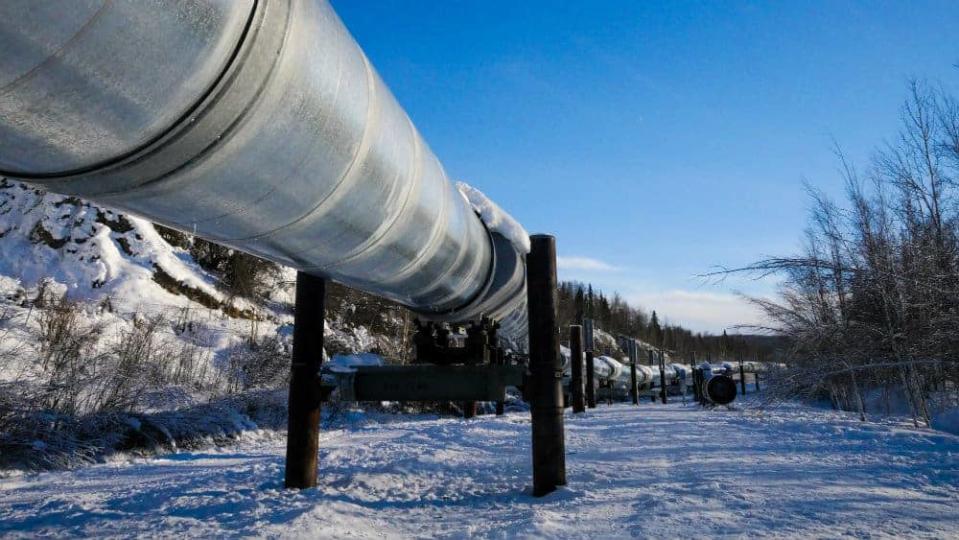Investors: Should You Worry About Inter Pipeline (TSX:IPL) and its 7.6% Yield?

Inter Pipeline (TSX:IPL) has become one of Canada’s most popular dividend stocks. It’s easy to see why.
Let’s start with that succulent yield, which currently stands at 7.6%. That’s approximately three times the income that you’d get from a GIC or longer-term government bond. Sure, they are completely different asset classes, but you can’t deny the difference.
But with a big yield also comes risks. Many stocks yielding +7% have ended up in tears for investors, after the company slashes the unsustainable payout. Is Inter Pipeline on the verge of doing the same? Let’s take a closer look.
Overview
Inter Pipeline owns an impressive array of pipelines and other energy service assets, mostly clustered in Alberta. This focus on Canada’s energy capital is intentional, since projects in the province are much easier to get approved than the more ambitious inter-provincial projects planned by some of the company’s larger competitors.
Inter’s most important assets are its oil sands pipelines, which contribute approximately 50% of its bottom line. These include the Cold Lake, Polaris, and Corridor systems, which have a capacity to transport some 4.6 million barrels of bitumen per day. Current volumes are about half that, which gives these assets nice growth potential without having to invest much extra capital into them as new supply comes online from the region.
The company also owns conventional oil pipelines, natural gas processing facilities, fuel storage tanks, and is in the middle of constructing the Heartland Petrochemical Complex, a large facility just outside Edmonton that will produce polypropylene: an important product used in everything from consumer packaging to physical currency. Heartland should enjoy a cost advantage versus its competitors, and the polypropylene market continues to be strong. This facility alone should add some $500 million to Inter Pipeline’s EBITDA when it is completed, which is slated to be late 2021.
Dividend safety
Upon first glance, Inter Pipeline seems to have a pretty safe dividend. It hasn’t missed a dividend payment as a publicly traded company and the payout consistently keeps going up.
Inter’s record of increasing its dividends on an annual basis is quite impressive. It has hiked the payout every year since 2009, more than doubling the payout from $0.85 to $1.71 annually. That’s growth of 7.2% each year, handily beating inflation — not bad for a company that had to deal with a terrible bear market for energy during the last half of that streak.
The payout looks rock solid going forward, too. In 2018, the company generated $2.80 per share in funds from operations, while paying out $1.69 per share in dividends. That gives us a payout ratio of approximately 60%. 2019’s payout ratio should be similar, as earnings increase a bit.
There are some concerns, however. The company plans to spend $1.46 billion on capital expenditures in 2019, with most of that going towards Heartland. This facility will end up costing approximately $3.5 billion. If we add $1.46 billion to the company’s dividend — which totaled a little over $600 million last year — we get a payout ratio of above 100% of funds from operations.
But investors shouldn’t be worried about this. Financing for Heartland has already been secured, and excess funds from operations are just one piece of the puzzle. There are easily enough earnings here to pay the dividend and interest on loans taken out to finance the ambitious growth project. In fact, investors can likely count on a big dividend increase in 2022 as earnings from the facility start hitting the bottom line.
You needn’t worry. I predict Inter Pipeline will continue to slowly increase dividends for years to come, making this 7.6% yielder all the more attractive today.
More reading
Why Every Investor Needs to Start Building a Passive-Income Empire Today
2 Different Ways to Generate $1,000/Month of Passive Income in Your TFSA
Shopify Inc (TSX:SHOP) Faces its Biggest Challenge Yet: Facebook (NASDAQ:FB)
Fool contributor Nelson Smith owns shares of INTER PIPELINE LTD.
The Motley Fool’s purpose is to help the world invest, better. Click here now for your free subscription to Take Stock, The Motley Fool Canada’s free investing newsletter. Packed with stock ideas and investing advice, it is essential reading for anyone looking to build and grow their wealth in the years ahead. Motley Fool Canada 2019

 Yahoo Finance
Yahoo Finance 